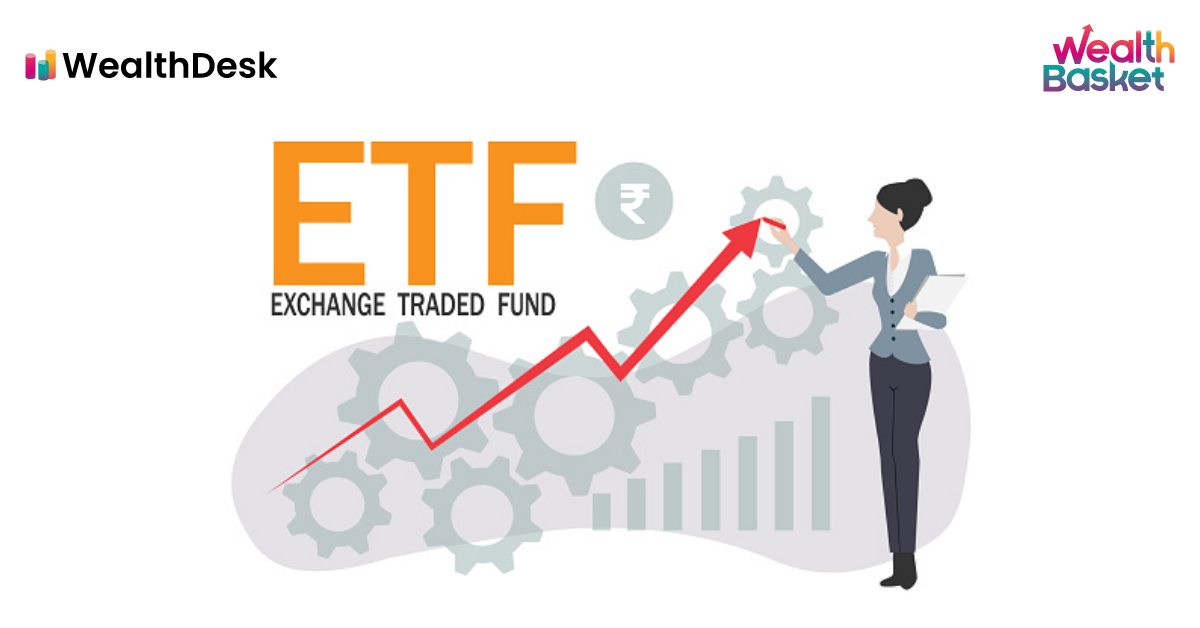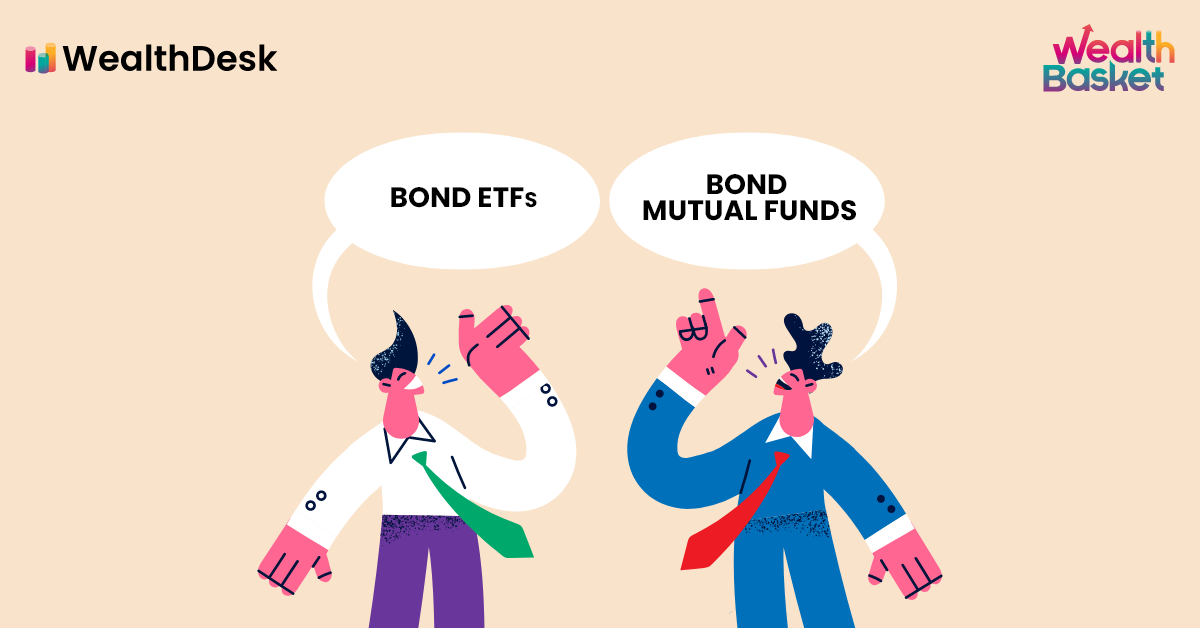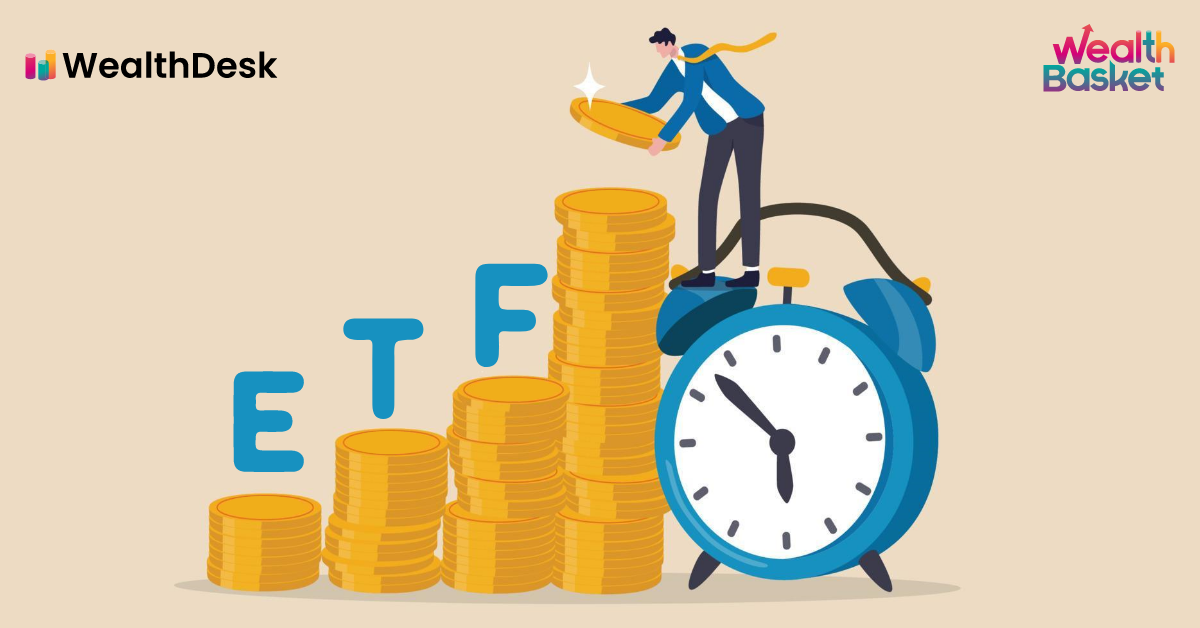Exchange-traded funds (ETFs) have the characteristics of both mutual funds and stocks. ETFs track a particular index commodity or make investments according to a particular strategy like mutual funds. Like stocks, ETFs can be traded easily on exchanges.
ETF investments in India have seen tremendous growth in popularity over the last decade. ETFs’ Assets Under Management (AUM) have grown from ₹5,700 crores in March 2011 to ₹4 lakh crores in December 2021.
This blog touches upon the history of ETFs.
Index investing and ETFs
ETFs have their roots in index investing. Index investing attempts to replicate the returns of a particular benchmark index like Nifty 50, SENSEX, Nasdaq Composite, etc. The first index investing mutual fund was created in 1973 in the USA. Back in the 1970s, active investment funds were dominant.
However, investing in index funds was cheap. Active investment funds used to have high expense ratios, and in some cases, investors had to pay commissions on gains. As index investing caught on, fund managers raced to make index investing more accessible. ETFs were the outcome of this race.
When were ETFs created?
In 1990, the first ETF in the world was launched. Toronto 35 Index Participation Units tracked TSE, Canada’s major index. 3 years later, S&P 500 Trust ETF (SPDR), the first ETF in the USA, was launched. SPDR is still one of the most popular ETFs globally and, as of March 2022, has assets under management (AUM) of $455.22 billion.
Another important development in the 1990s was the launch of the first sector ETF.
When did ETFs become popular?
The popularity of ETFs has grown quite a bit since 2010. ETFs investments amounted to $1 trillion by January 2010, and within a decade, ETF investments rose to $4 trillion. Additionally, worldwide inflows into ETFs crossed the $1 trillion mark for the first time in 2021.
Over the years, ETFs gained popularity with the development of the following types of ETFs:
- 1998 – Sector ETFs
- 2004 – Commodity ETFs
- 2008 – Actively managed ETFs
- 2010 – Term maturity ETFs
- 2015 – Factor-based bond ETFs
Popular ETF applications
According to BlackRock, 68% of the institutions using ETFs use them as a part of the core portfolio and 56% use ETFs for international diversification.
Why have ETFs become so popular?
The popularity of ETFs can also be attributed to how they can be used for long term strategies like S.I.P.s, asset allocation, sector rotation, hedging, betting on seasonal trends and short term trading activities like short selling and swing trading.
ETFs In India
The first ETF in India was the Nippon India ETF Nifty BeES launched on 28th December 2001. Initially, ETFs were not as popular in India as in other countries. In March 2002, the assets under management in ETFs were a measly ₹16 crores.
The growth in ETF investments can be attributed to some of the steps taken by the government.
In the budget of 2013, ETFs were recognized as an eligible asset class for pension funds. Since 2014, the government has also taken the ETF route for disinvestment. In 2015, Employee Provident Fund Organisation (EPFO) decided to invest 5% of increment inflow into ETFs.
What are some ETFs in India?
In India, you can find a wide variety of ETFs. You can find ETFs that invest in not just stocks but also gold, silver and bonds. Among equity ETFs, you can find dividend ETFs and growth ETFs. Global ETFs in India allow you to get exposure to shares in indexes like Nasdaq Composite. While index ETFs are predominant in India, you can also find actively managed ETFs.
The following sites show all the ETFs trading in India:
Final Thoughts
Exchange-traded funds (ETFs) are relatively younger than stocks and bonds, but they are useful tools for diversification. ETFs are becoming popular with passive investors and short-term traders and investors looking for active investing options. Compared to other countries, the ETF market in India looks far from maturity. The positive trend in ETF investments could be bolstered by the growing number of Demat accounts.
On WealthDesk, you can find stock and ETF portfolios called WealthBaskets. These portfolios are managed by SEBI-registered professionals. Every WealthBasket follows an investment strategy and has a certain theme. Find the WealthBasket that suits you!
FAQs
The first ETF was launched by the Toronto Stock Exchange in 1990 and was called the Toronto 35 Index Participation Units (TIPs 35).
John Bogle created the first publicly available index mutual fund in 1976. John Bogle was the founder and chief executive of The Vanguard Group.
The first ETF was launched in 1990 by the Toronto Stock Exchange. In India, the first ETF was launched 11 years later, in 2001.


















